Living the RV lifestyle brings with it a sense of freedom and adventure, but it also presents some unique challenges, particularly when it comes to preparing meals. For those of us who call an RV home, especially with specific health needs like diabetes, the task of making nutritious meals isn’t just about dealing with a compact kitchen or limited appliance space. It’s about ensuring that every dish not only satisfies hunger but also meets our dietary requirements. This balancing act of crafting RV meals for diabetics is both an art and a science, requiring careful planning and creativity.
Having faced this challenge head-on as someone with Type 2 diabetes, I’ve found ways to navigate these waters. Let’s explore some practical tips and strategies to help you plan and enjoy diabetic-friendly meals while embracing the RV lifestyle.
Understanding Diabetic-Friendly Meals
What should RV meals for diabetics consist of? Low-carb, high-protein, and fiber-rich meals are ideal for keeping blood sugar in check.
As I was researching this article, I did a quick Google search for diabetic-friendly recipes. I was surprised to find lots of rice and pasta in those dishes. While you can probably indulge in these foods occasionally, I think they should be off your go-to meal list for the most part.
You should include non-starchy vegetables such as broccoli, spinach, and green beans and avoid highly processed foods.
Meal planning is a great way to ensure you have the food you need when you make your shopping list and begin to plan what you will eat on the road. If you don’t plan meals, you set yourself up for quick, unhealthy options. Do plan for eating out occasionally but try to choose healthy options when you do. Or you may just need a cheat night every once in a while or for a special occasion.
One rule of thumb when shopping for RV meals for diabetics is to stay along the outer portion of the grocery store. There, you will find produce, dairy, meats, and cheeses. Stay away from already prepared foods, which are usually high in carbohydrates, salt, and fat.
Tips for Grocery Shopping
- Choose lean meats such as fish, chicken, and turkey.
- Include a non-starchy vegetable such as broccoli, green beans, asparagus, or zucchini in every meal.
- Aim for at least two ½ cup servings of legumes every day, including beans, peanuts, lentils, or peas. These are also a good source of fiber.
- Limit starches such as rice, pasta, and bread.
Cooking Appliances and Setup for RVers
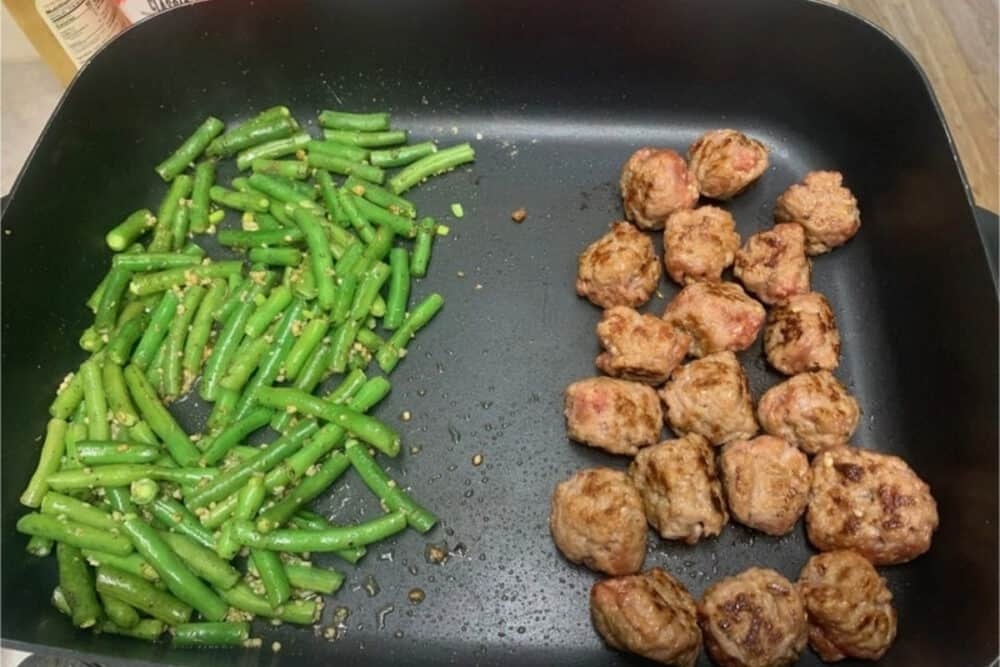
Cooking is fun for me, and I enjoy experimenting with food. I also like to use different cooking options, such as an air fryer, Instant Pot, outdoor grill, or campfire. My husband and I often stick to easy one-pot or one-pan meals.
We do change that up with grilled meats at least once a week. I use my electric skillet for almost every meal in the RV, and I have one large enough to keep the bacon warm while I cook scrambled eggs. I also just discovered the joys of cooking with the air fryer, so a lot of experimenting goes on there too.
Tips for Cooking in Your RV
- Know your electric capacity. Using your Instant Pot or air fryer and your microwave at the same time could cause you to blow a fuse and possibly ruin your meal.
- Always use the fan over the stove to keep propane odors in check and to keep you safe. It also helps to keep the fire alarms from blaring even when nothing is burning. I seem to have that problem a lot.
- When traveling, keep RV meals for diabetics simple. Sometimes, we just have protein and a vegetable, such as grilled chicken and green beans or a salad.
Diabetic-Friendly Meals in Your RV Kitchen
Here are a few recipes you can easily cook in your RV kitchen. You can use the Recipe Calorie and Nutrition Calculator to get all the facts on your healthy RV meals for diabetics.
RV Meals for Diabetics: Breakfast
My breakfast go-tos are usually bacon or sausage, eggs, and toast when we have time. Fruits such as strawberries, grapefruit, melons, or blueberries are also good for breakfast or snacks. Check out these sausage balls for a quick breakfast.
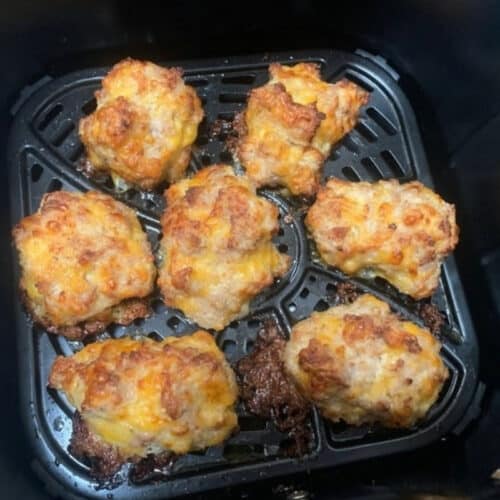
Breakfast Sausage Balls
Ingredients
- 1 pound lean turkey or chicken breakfast sausage
- 4 ounces light or reduced-fat cream cheese
- 1 cup reduced-fat or part-skim shredded cheddar cheese
- 1 cup finely chopped vegetables such as spinach, bell peppers, or lightly sautéed zucchini or mushrooms
- ½ cup almond flour
- ½ tsp. baking powder
Instructions
- In a large mixing bowl, combine all the ingredients thoroughly.
- Roll the mixture into balls of your preferred size.
- Place the balls in the air fryer and bake at 350 degrees for about 20 minutes, or until golden and cooked through.
Notes
Ensure that the sausage balls are spaced apart in the air fryer to allow for even cooking.
Cooking time may vary slightly based on the size of the sausage balls and the type of air fryer used.
RV Meals for Diabetics: Lunch
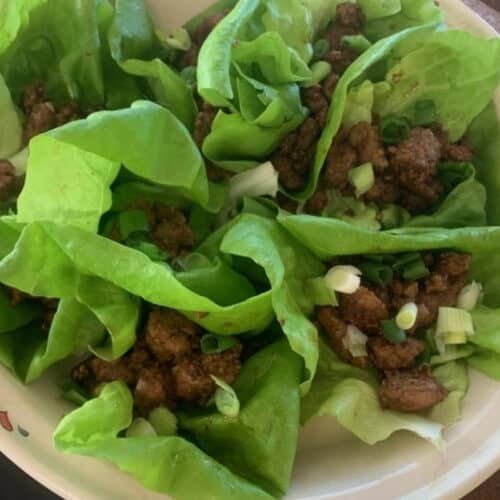
Lettuce Wraps
Ingredients
- butter lettuce iceberg lettuce can be used
- 1 pound ground chicken or turkey
- diced onion
- 2 tsp minced garlic
- 1 tsp grated ginger
- Sauce:
- 1/4 hoisin sauce
- 1/4 cup soy aminos Substitute for regular soy sauce to lower the salt content
- 1 tbsp rice wine vinegar
- 1 tsp sriracha
- 1 tsp cornstarch
Instructions
- Mix the sauce ingredients and set aside.
- Saute the onions and garlic and then add the ground chicken or turkey and grated ginger. The ground ginger from the spice aisle will do fine if you don't have fresh ginger.
- Then add the sauce to the meat mixture, fill your lettuce, and enjoy. This is yummy and great for leftovers too.
RV Meals for Diabetics: Dinner
Serve this next dish with a side salad, and you have one hardy meal for dinner

Chicken Cordon Bleu
Ingredients
Chicken:
- Three large chicken breasts cut in half and pounded flat
- 6 pieces of ham 2 pieces per chicken breast
- 3 squares of Swiss cheese 1 per chicken breast
- Your choice of breadcrumbs e.g., crushed croutons for low-carb, crushed pork rinds for no-carb
- 1 stick of butter melted
Sauce:
- 1 cup heavy cream
- 1 tbsp cornstarch
- 1 stick butter
- ½ cup chicken broth
- 1 chicken bouillon cube
Instructions
- Preheat your air fryer or oven to the recommended temperature for chicken.
- Cover each piece of pounded chicken breast with 2 pieces of ham and 1 square of Swiss cheese. Roll up the chicken with the cheese inside, securing with a toothpick if needed.
- Dip the prepared chicken in melted butter, then coat with your choice of breadcrumbs.
- Cook in the air fryer or oven for about 30 minutes, or until golden and cooked through.
- For the sauce, mix the heavy cream and cornstarch together and set aside. In a small saucepan, melt a stick of butter, then add the chicken broth and bouillon cube. Stir in the heavy cream and cornstarch mixture. Reduce the mixture for about 10 minutes, stirring occasionally, until thickened.
- Serve the chicken cordon bleu topped with the sauce.
Notes
You can adjust the amount of cheese and ham based on the size of the chicken breasts.
Make sure the chicken is fully cooked by checking that its internal temperature reaches at least 165°F (74°C).
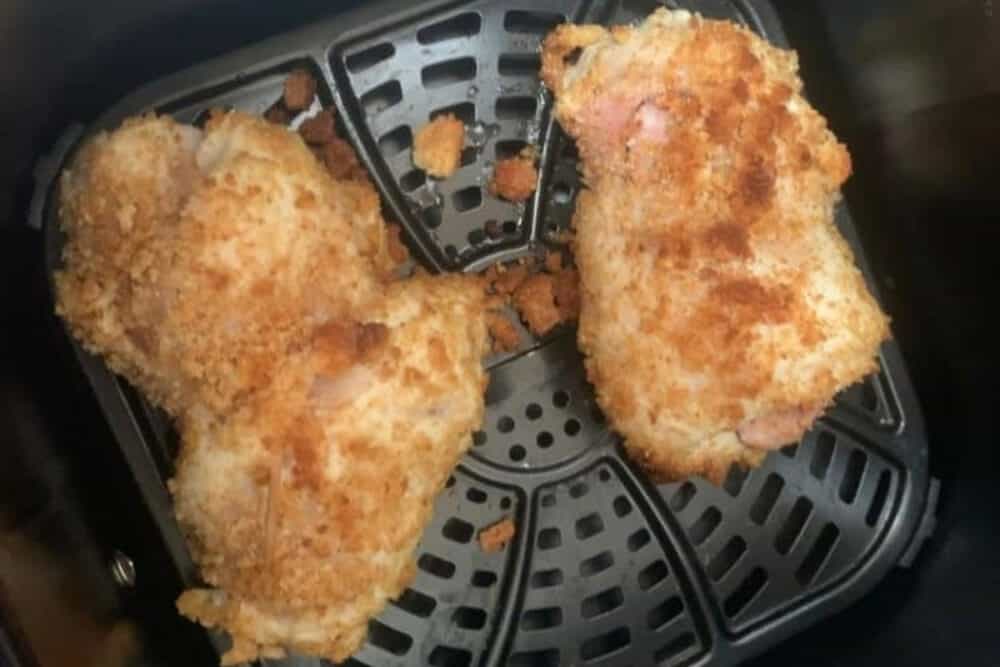
Diabetic-Friendly Meals Outdoors
The best outdoor RV meals for diabetics that my spouse and I enjoy are usually on the grill. We love steak, chicken and brats or Italian sausages. For a change, you can try campfire packets with whatever meat and veggies you want. Make sure and get heavy-duty foil that won’t fall apart when you put your meal in the coals. No one likes ash in their food.
Kabobs are great, too, with your favorite meat and veggies.
Although we haven’t done these in a while, you can use pie irons to make a hot campfire sandwich. To begin, grease your iron, add your bread, meat choice, and cheese, cover with another slice of bread, close the iron securely, and put it in the coals.
Another option is to put pie filling in with the bread. Once the bread is toasted, sprinkle with sugar and enjoy. If you need a sugar-free option, purchase sugar-free pie filling and use Stevia, Monk Fruit, or other sugar for your topping.
Snacks and Quick Bites
There are plenty of ideas for healthy, diabetic-friendly snacks that require minimal preparation. Try making your trail mix with a healthy mix of nuts, dried fruits, seeds, and a little bit of dark chocolate.
Other snack options include hummus with veggies. I like red peppers but you can also dip carrots or celery. Avocados are healthy as well. Popcorn is great too, but I would choose to pop my own rather than use the microwave type. Fill some baggies and throw them in your backpack for a good snack for a hiking or sightseeing trip.
Hard-boiled eggs, yogurt, apples, berries, and more can provide a great snack or a quick breakfast. I hard boil my eggs in my Instant Pot for eggs that peel perfectly.
Try to avoid most prepackaged “trail” bars. They can be high in sugar. A package of peanut butter crackers is good to throw in your day pack if you need something to counteract low blood sugar.
Managing Your Diet on the Road
Managing a diabetic diet on the road should not be difficult. You know what you should be eating. The hardest part for me is avoiding the lure of fast food. Having a burger occasionally helps you feel like you aren’t denying yourself the good stuff. Just remember to keep it in moderation.
Make sure you keep a cooler handy for healthy snacks such as hard-boiled eggs, cheese, and maybe some beef jerky or yogurt. If you don’t plan, you will likely fall into bad eating habits, such as eating fast food.
We love our Class C because it has no slides, so it is easy to stop and grab something from the cabinet or refrigerator.
Although I was never advised to check my blood sugar when I was diagnosed with Type 2 diabetes some 15 years ago, I do think that purchasing a blood glucose monitor is helpful. If you are newly diagnosed, you need to know how foods affect your levels. The standard process is to check your sugar two hours after a meal. It should be below 180. Also, have your A1C tested every six months. This number should be below 7. Of course, always follow your doctor’s recommendations.
Packing and Storage Tips
Fresh is always best when you are trying to eat healthy. Plan RV meals for the week so you purchase only the things you need. When I meal plan, I also plan for leftovers and dining out nights, as well as quick dinner nights. While I love my Class C with no slides, I will also say it has a pretty small refrigerator. Keep your storage options in mind when you shop.
Shop for staples such as oil, spices, flour, nut butters, and other dry goods when you need them.
Storing your groceries will be tailored to your space and needs. If you keep the amounts small, you might need to shop more often, but you will probably find more storage space—even in that small refrigerator. Utilize baskets and plastic containers to group dry goods together. If you have all your spices together, you can pull out the container and find what you need quickly.
What Healthy Meal Will You Make in Your RV?
You can manage your diabetes on the road! It may seem like a daunting task, particularly if you are newly diagnosed, but keeping your blood sugar in check will prevent a host of problems later in life. Above all, keep your confidence. Even if you fail sometimes, it doesn’t mean you are a failure. Get back on track and know you are doing the best you can.
Remember to avoid RV meals with lots of sugar and carbohydrates. Shop around the perimeter of the grocery store for fresh produce, lean meats, and healthy dairy items. Use your blood glucose monitor to measure what foods will increase your readings. Feel free to adapt recipes to your own tastes and dietary needs.
I am currently doing a Keto diet (I’ll talk more about this in a future blog), and I’ve been amazed at how great my blood sugar readings have been and that the weight has been coming off slowly. I like to cook, so it’s been fun finding recipes that my husband and I like. I’ve realized that this will be a lifelong lifestyle shift for me.
Let me know in the comments what you do to keep your diabetes in check while on the road. Share a recipe or ask a question to benefit other RVers regarding diabetic-friendly RV cooking.

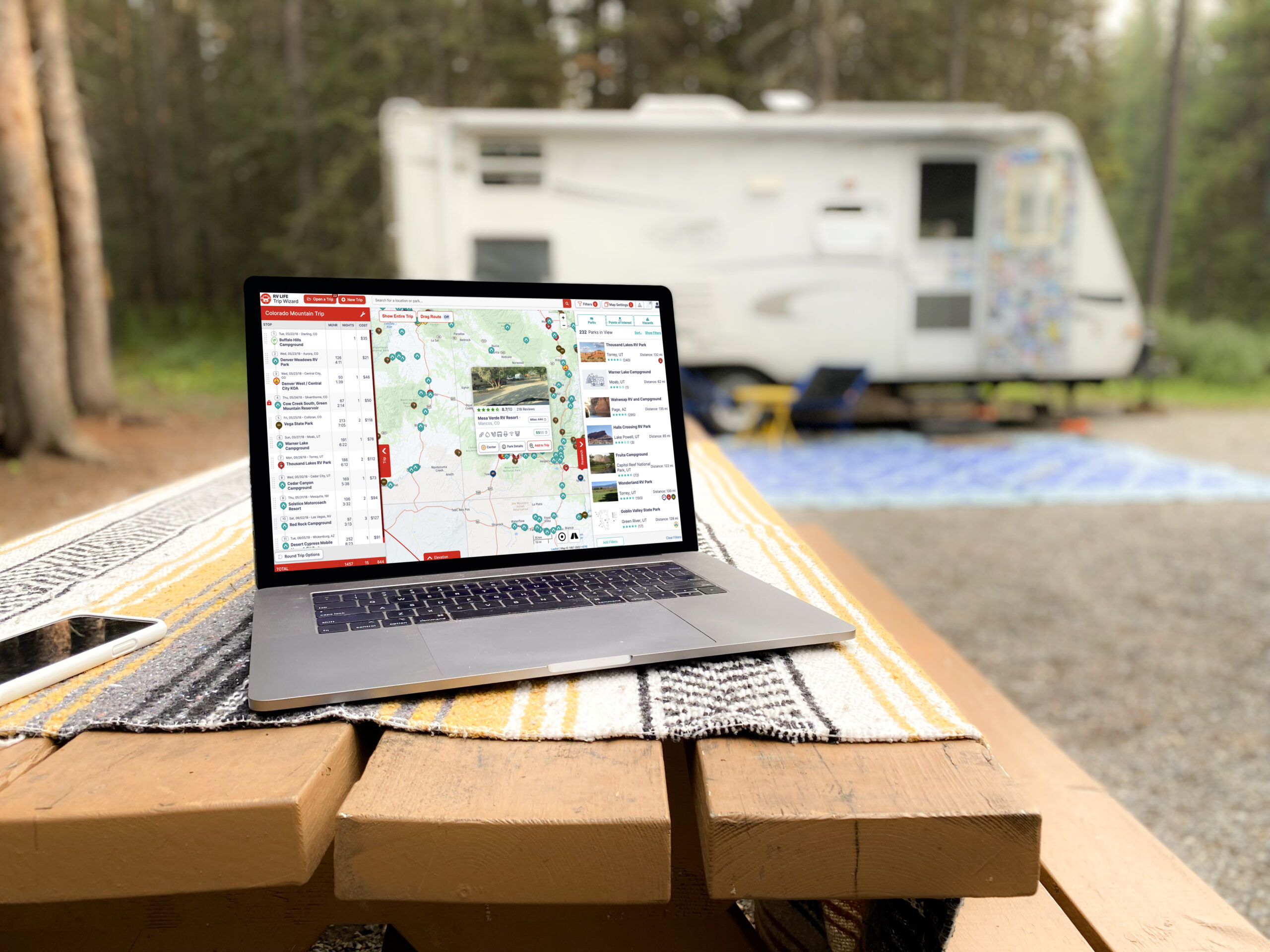
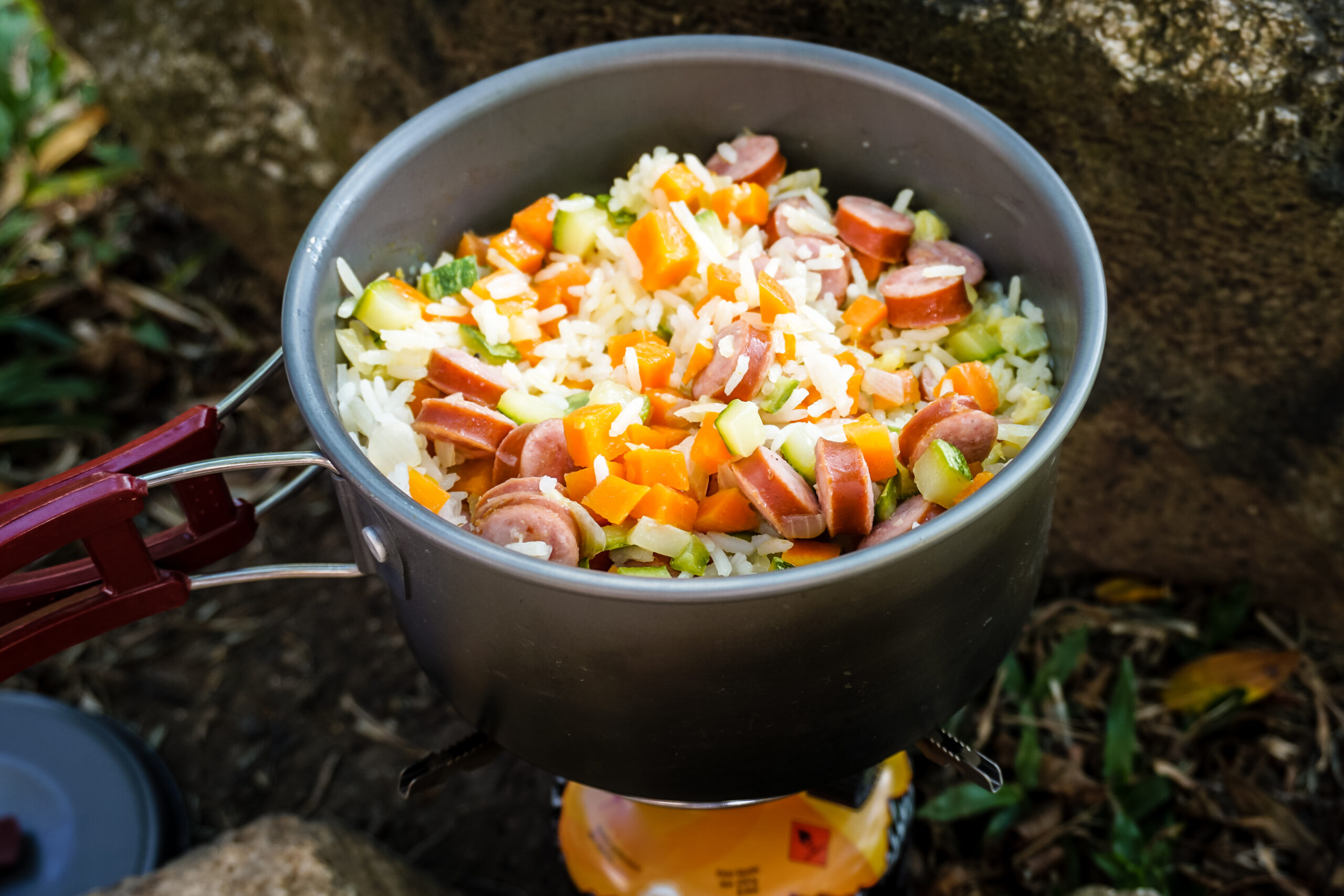
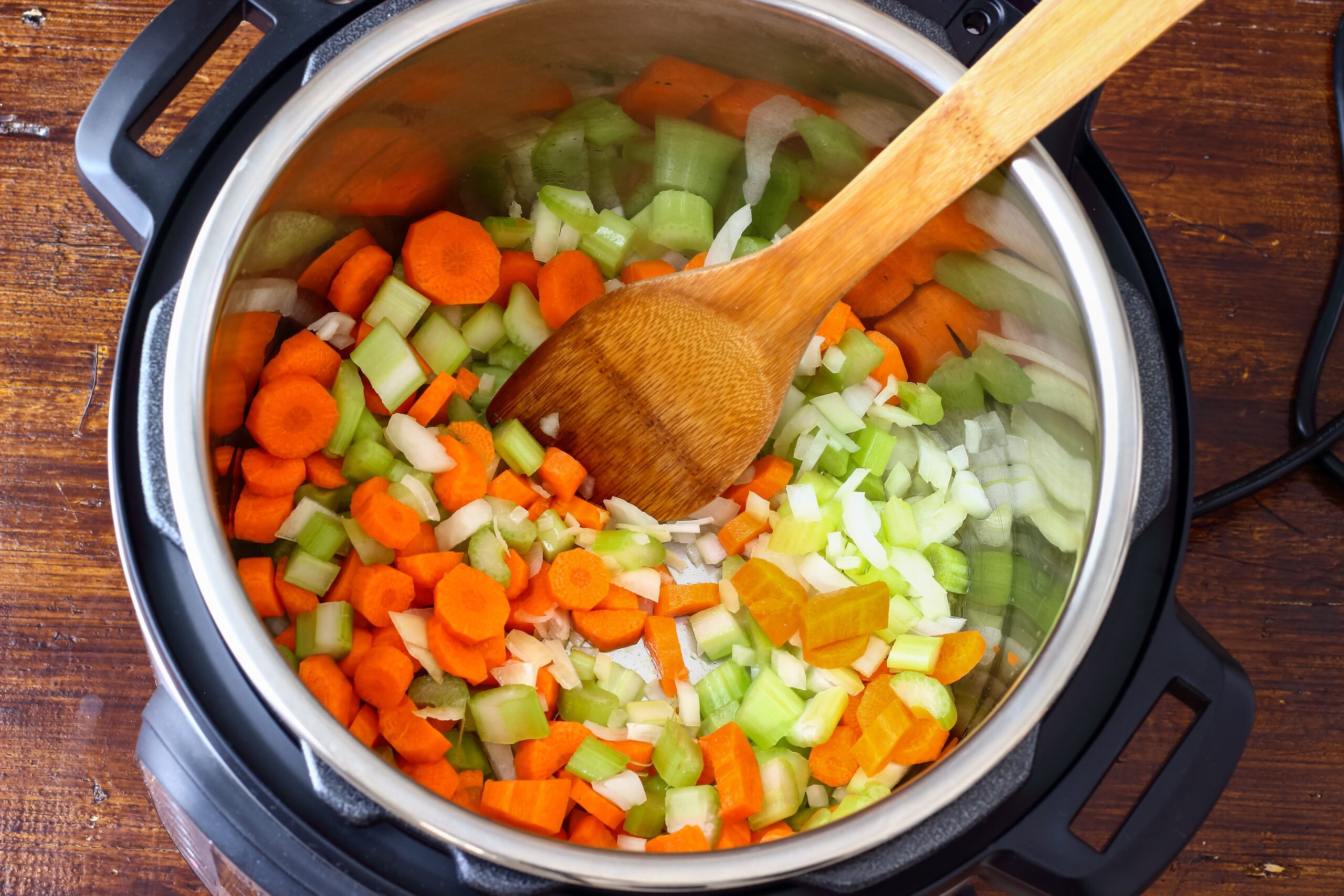
As Bat Dude mentioned doctor Neal Barnard. I was a chronically ill diabetic 6 years ago. Ayer following a strict Whole Foods plant based diet, I was cured. I was the amount of oil and fats in my diet which caused the insulin resistance. At that time, I was already a vegetarian, but I would enjoy fish or shrimp once or twice a month. I also ate dairy products. The research I read on nih.gov was so compelling, I decided to give up all fats and oils. Even limiting olives, avocados and nuts. Within 21 days I was off of my metformin and insulin. I also had to stop taking my blood pressure medication after 7 days. I have been cured for over 6 years. My body wife who had been sick for over 9 years and taking 4 shots a day, took 91 days on the diet before her insulin was stopped. Our blood sugar was around 115 to 125 for about 2 months. Then my daily number is between 70 and 100. I no longer eat any kind of meat or dairy, no processed foods, or simple carbs such as sodas.
I have Type 2 and have used a CGM (Continuous Glucose Monitor) for several years. Most of the advice you give is classical, but the CGM has taught me some problems with it. The new factor to put in is absorption rated. For example, angel hair pasta will spike your blood sugar. Heavier fettuccine will not. Also, it needs to be cooked al dente al, maybe even a little undercooked. Over cooking pasta will speed absorption and spike your blood sugar.
White bread will spike your blood sugar just like a candy bar. Heavy whole grain seeded nutty breads are much much slower. Note the seeded nutty part.
Oil and grease are your friend. Baked potatoes digest quickly. Greasy potatoes chips are much slower. French fries cover a large spectrum of rates. The soft center is the same as bake potatoes. How thick the outside crust is makes a difference. Thin crusted McDonalds fries get digested quickly. Thicker, cheaper, greasier ones may barely bump your blood sugar. Even slower yet after cooking your bacon fry hashbrowns in the grease. Do not drain them too much. Yes, this has other health concerns, but it makes a point about controlling blood sugar. Olive oil absorbs faster than vegetable oils, especially canola oil. Lard digests the slowest of all. Even tallow, if you can find it, has a very low absorption rate.
Finally you did not mention dried meets. You can get ones that not cured, do not contain sugar, do not contain nitrates. Again, it is not the basic food that important but how it is prepared.
Great to see this topic addressed. A lot of misinformation on he WWW! Clearly, you are not a diabetic who has been very tightly controlled. I have been tightly controlled and insulin-dependent since 2008 and led support groups. There are two approaches and diet is key to both. One is the low carb approach (AKA Dr. Bernstein approach) and now I am on a different diet with fruits and veg (essentially a vegan /vegetarian diet) restricting fats/oils (Dr. Bernard approach). The latter is a result of new research that shows fats in the cells impair insulin sensitivity and when eliminated we are much better in control. To avoid all complications that are the result of poor glucose control one should maintain a healthy non-diabetic range of 82-90 mg/dL and an A1c in the 4.5%-4.6% range. This is one ailment that we can control ourselves and with a continuous glucose monitor, it is easier to see how we each respond to various diet items. Of course, avoiding high sugar content items remains a key factor as all values > 120 mg/dL contribute to microcirculation and nerve damage. RVing is perfect as we can control our diet 100% and it is easy on the road to have healthy diets vs highly processed foods or dining out.